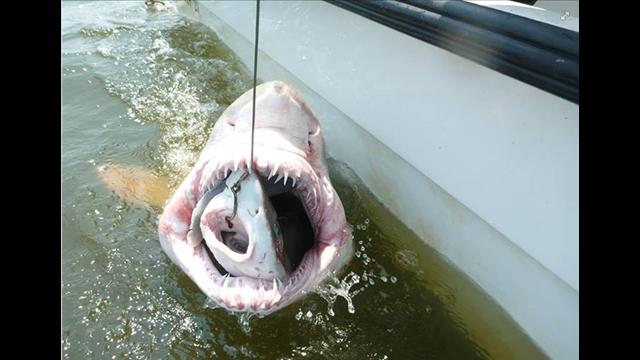PORTLAND, OR. — August 29, 2013 — The Pacific Ocean off the Oregon Coast is really loud. That’s the finding of scientists working for Oregon State University, NOAA and the federal Energy Department.
For the past year, they’ve been listening to sounds picked up by a hydrophone sunk in about 50 meters of water, just off Newport. What they’ve recorded is a vigorous symphony of natural and man-made noises.
Read the full story and listen to the audio from Oregon Public Broadcasting

 “Each year has been different, not just in the length of the cruise and the weather conditions but also in what we’ve been able to accomplish," Haas said. “No other groups are tagging turtles offshore in the Mid-Atlantic region, making the project unique and also a positive example of NOAA, industry and non-governmental organization (NGO) collaboration. All partners, including the captains and crews of the commercial fishing vessels, have brought key pieces of the puzzle to the table, and this teamwork makes it work.”
“Each year has been different, not just in the length of the cruise and the weather conditions but also in what we’ve been able to accomplish," Haas said. “No other groups are tagging turtles offshore in the Mid-Atlantic region, making the project unique and also a positive example of NOAA, industry and non-governmental organization (NGO) collaboration. All partners, including the captains and crews of the commercial fishing vessels, have brought key pieces of the puzzle to the table, and this teamwork makes it work.” 
